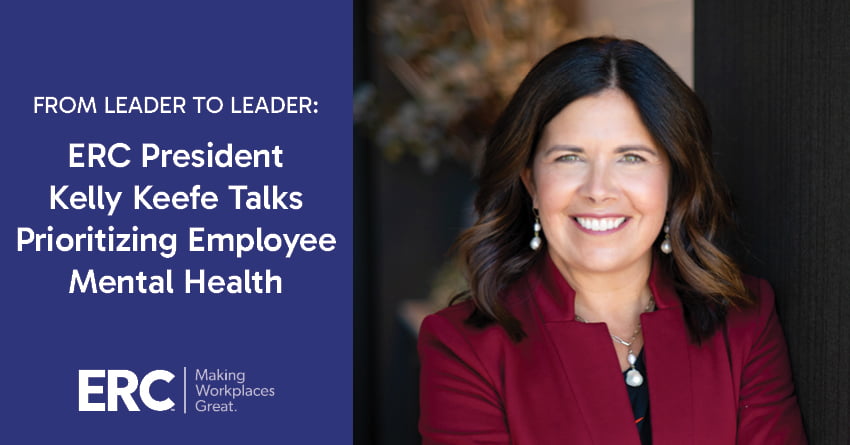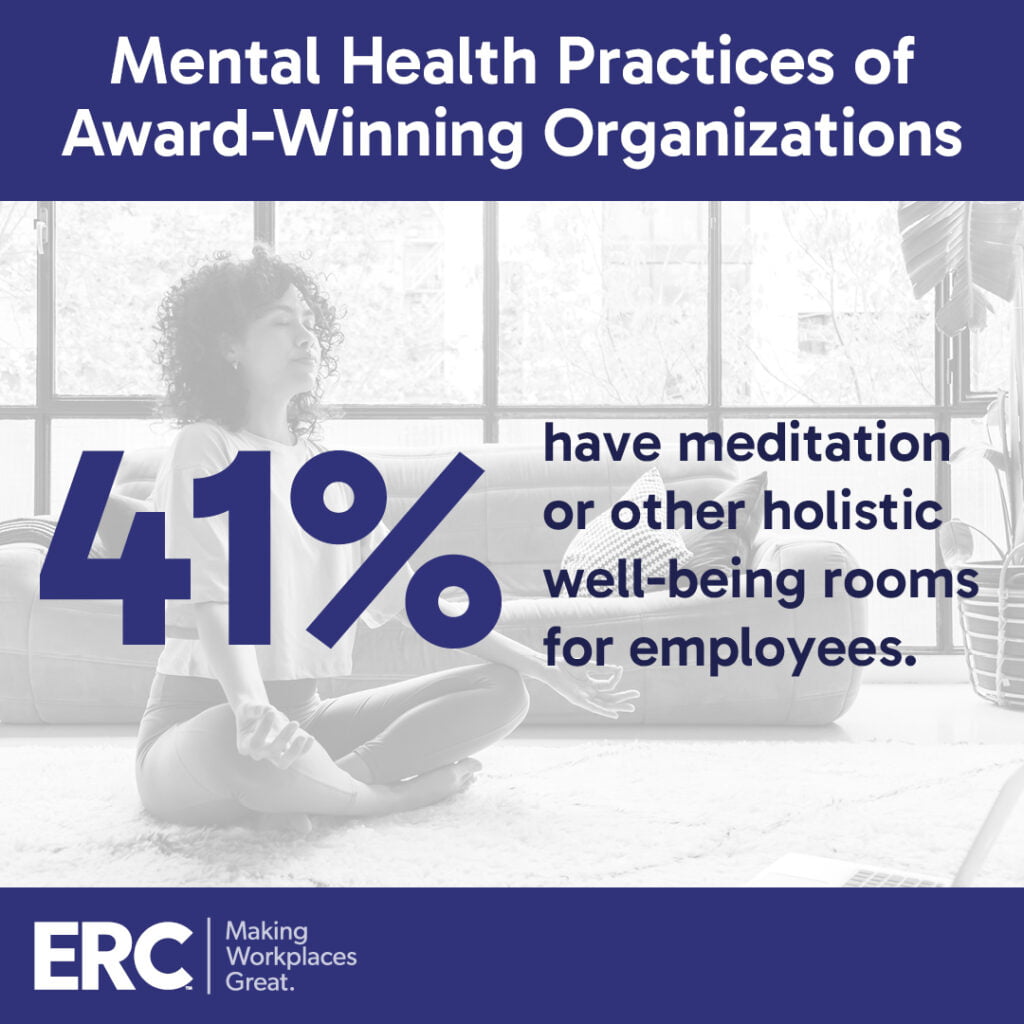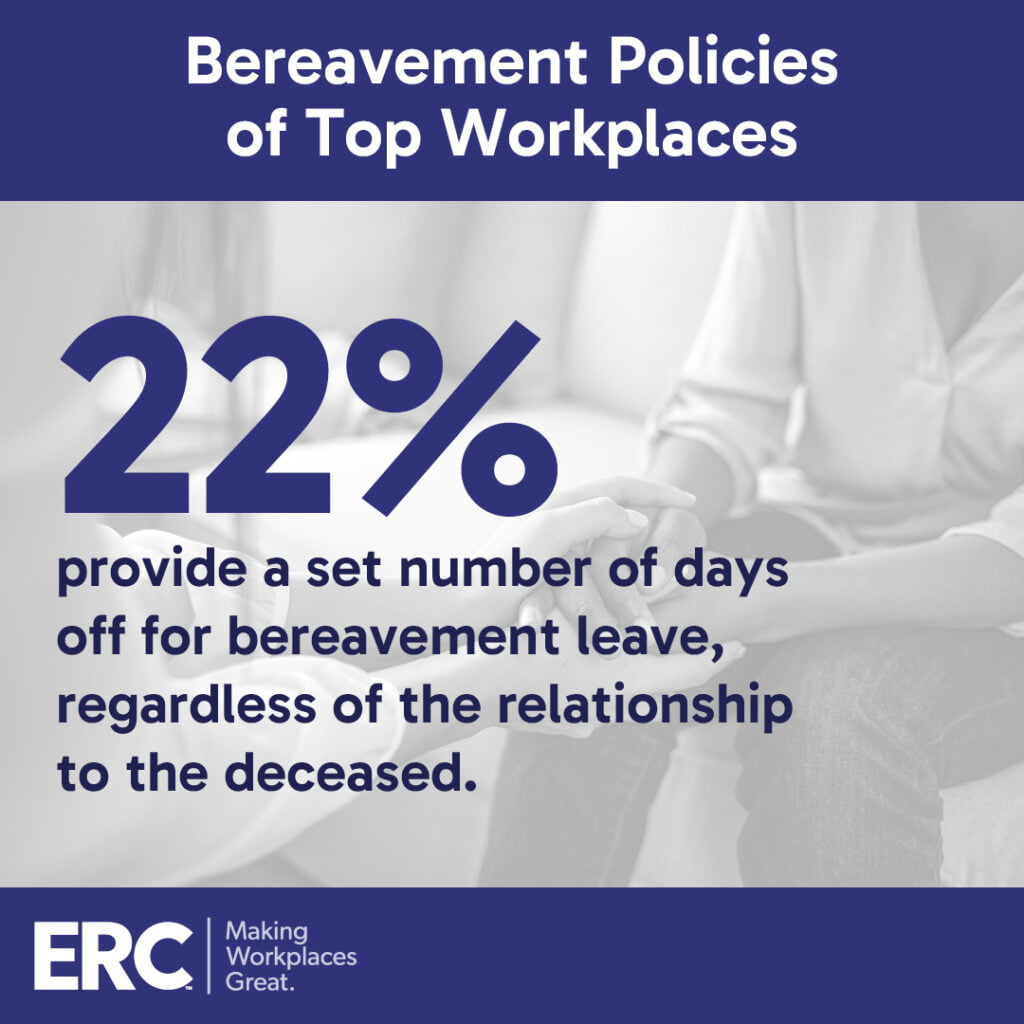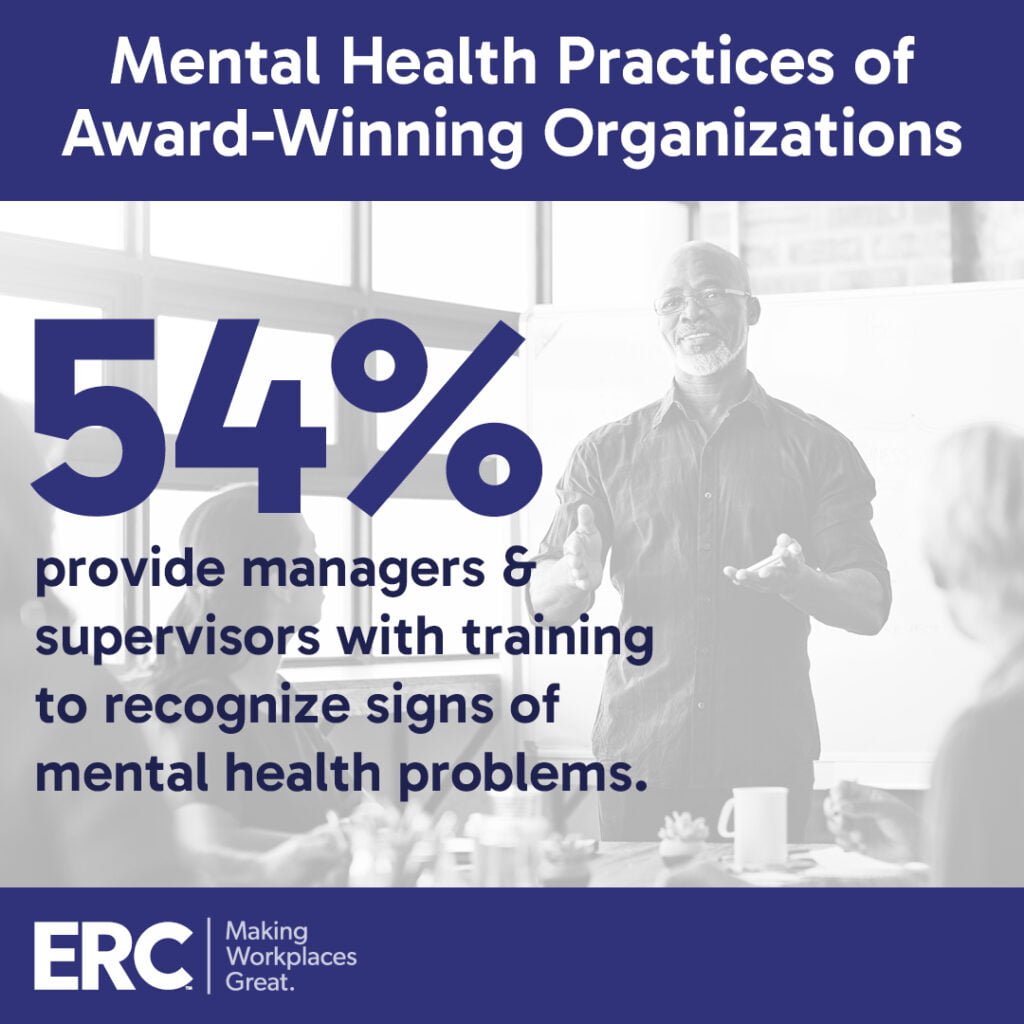
One of the most rewarding aspects of overseeing the NorthCoast 99 program is observing the evolving trends among exceptional organizations in their efforts to attract, engage, and retain top talent. In the latest round of applications, one of the most prominent themes was the prioritization of employee mental health.
While it may seem counterintuitive, award-winning organizations are promoting the mental well-being of their employees by encouraging them to take time away from work.
These breaks from work can take various forms, from flexible daily schedules to longer leaves of absence during significant life events. Each form of “time off” comes with its own guidelines, ideally outlined in the employee handbook.
With a growing focus on employee mental health, let’s explore how various time-off policies within organizations can align with this more contemporary approach to supporting employee well-being.
Allow for breaks and time off during normal working hours
We traditionally think of time off as time spent completely away from one’s workspace. However, many organizations are finding ways to instead integrate mental health breaks into the fabric of their physical locations during the workday.
For example, 41% of NorthCoast 99 winners have set up meditation or other holistic well-being rooms for employees to use while onsite. In addition, nearly two-thirds of winners provide daily flexibility to employees by allowing alternative break times.
By offering these brief moments to recharge during standard working hours, employees can quickly return to their tasks feeling rejuvenated, ultimately boosting productivity and efficiency.

Acknowledge the importance of extended time off
Next, let’s delve into how employers are addressing the mental well-being of their employees during times of personal upheaval.
Often centered around birth and death, these critical periods in their employees’ lives are so disruptive that they typically necessitate an additional period of leave. Specifically, let’s focus on bereavement leave.
The most generous model for this policy can be seen at the 12% of NorthCoast 99 winning companies that offer unlimited bereavement leave. These organizations are allowing employees to take as much time as they need to grieve the loss of a loved one—a clear demonstration of support from employer to employee.
When practical limitations due to industry or other factors arise, a somewhat stricter yet still forward-thinking model of bereavement leave is becoming popular.
Just under a quarter (22%) of NorthCoast 99 winners provide a set number of days off for bereavement leave, without specifying eligibility based on the relationship to the deceased.
By empowering employees to determine who holds significance in their personal lives, employers not only show respect for employees as individuals but also play a small part in easing the burden and stress associated with the loss of a loved one.

Make taking time away a clear part of your culture
Creating a culture where individuals feel comfortable speaking up about overwhelming workloads, personal issues, or the need for more flexibility to achieve work-life balance is an admirable goal but challenging to implement.
One step toward developing such a culture that 54% of NorthCoast 99 award-winning workplaces use is to provide managers and supervisors with training to recognize workplace stress and warning signs for other mental health problems.
By connecting the value of time away to your organizational culture and fostering an environment where employees feel supported in taking time to disconnect from work, you can promote a healthier and more productive workforce.
Set clear expectations with your managers so they can help implement consistent, clear, company-wide time-off policies, with a team of backup supporters as needed, so that employees don’t feel pressured to check in while out of the office.

Transform your policies to promote mental well-being
As employers increasingly allocate both time and financial resources to mental health-specific benefits, it’s crucial to also examine the framework of your existing policies and strive for a workplace culture that prioritizes mental well-being as much as physical health.
By implementing structures that not only permit but also encourage employees to take time away from their jobs, employers can cultivate a culture that acknowledges and creates space for employees to feel supported in their mental health with a work-life balance that is truly…balanced!

